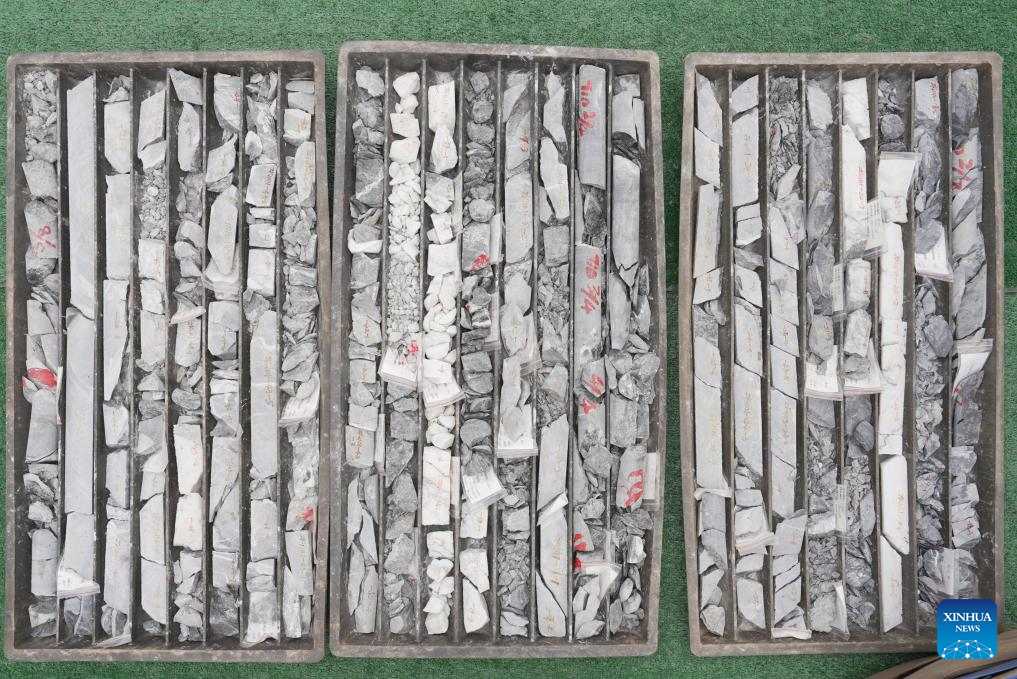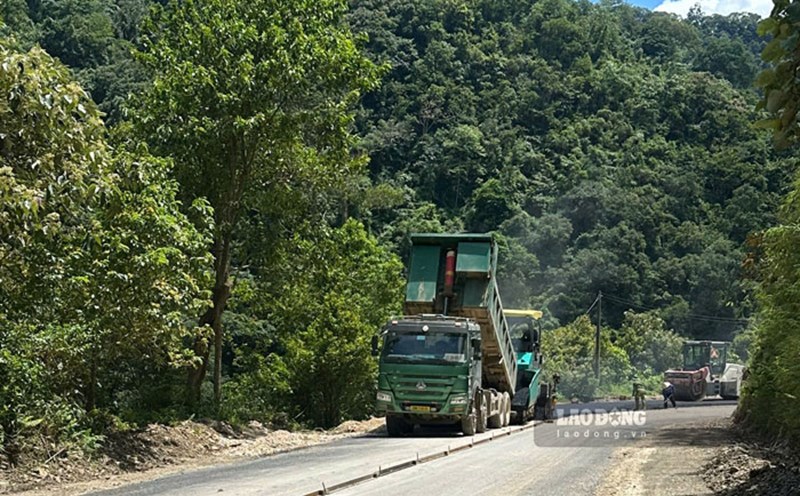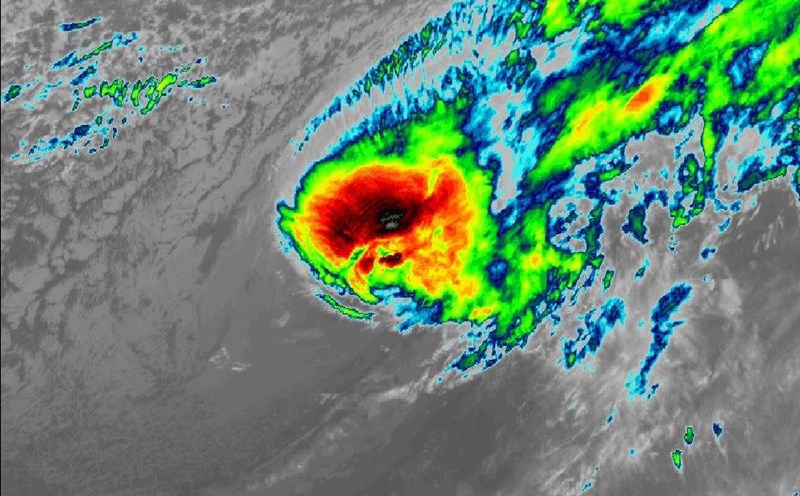Chinese geologists have just announced the discovery of gold reserves of up to more than 1,000 tons under the land of Hunan province. If this number is confirmed, it could become one of the world's largest gold mines - opening up new expectations for the Chinese mining industry but could also cause global gold prices to fluctuate strongly.
According to the Ho Nam Provincial Geological Department, the Wangu mine area has just been surveyed to contain more than 1,000 tons of gold, of which about 300 tons have been identified at the shallow layer. The total value is estimated at about 600 billion yuan, equivalent to 82 billion USD.
Experts say the area has more than 40 gold-bearing ore fields at a depth of about 2,000m, and geological models show that reserves could extend up to 3,000m.
Many drilling core models show that gold is visible to the naked eye, said Mr. Tran Nhu Lam, an ore exploration expert at the Ho Nam Geological Bureau. Some models have a content of up to 138g of gold per ton of ore - an extremely high level for a single drill.
However, geologists have warned that this is just a preliminary estimate. Initial impressive figures may change as drilling continues and data is updated.
According to experts, the deciding factor for the project's success is not only the reserves, but the average gold content and continuity of the ore. A mine with large reserves but distributed unevenly or too deep will increase exploitation costs, reducing profitability.

At a depth of over 2,000m, mining costs have skyrocketed due to water pressure, temperature, ventilation and ore transportation. The deeper the area, the more severe the technical requirements and costs - the report of the Ho Nam Geological Institute stated.
The Wangu area is located in the Giang Nam tectonic plateau, where the ancient Earth's shells collided and slid across millions of years ago. The faulty areas here create conditions for tropical fluids rich in minerals to move and deposit gold in the da phien and granite.
Research in 2024 has shown that the northeast of Hunan is the area with the largest potential for gold in the Giang Nam basin, with reserves identified at more than 315 tons before the new discovery was announced.
This discovery immediately attracted the attention of investors. China is currently the world's largest gold producer, and finding another ton mine could impact the global supply-demand balance.
If the project is exploited commercially, the increased supply of gold could cause slight fluctuations in world gold prices, at least in the short term. However, experts note that the process from exploration to commercial exploitation often takes many years, so the impact on current gold prices is still far away.
This is a strategic discovery, but more data is needed to confirm the average amount and content. If the ore fields are thick and continuous enough, Hunan could become a new gold mining center of Asia, said Mr. Tran Nhu Lam.
The project will continue to drill deeper, analyze samples and build detailed 3D models to accurately determine the range of ore bodies. When the data is reliable, the next step will be to design a gold mine, apply for an exploitation license and call for investment.









